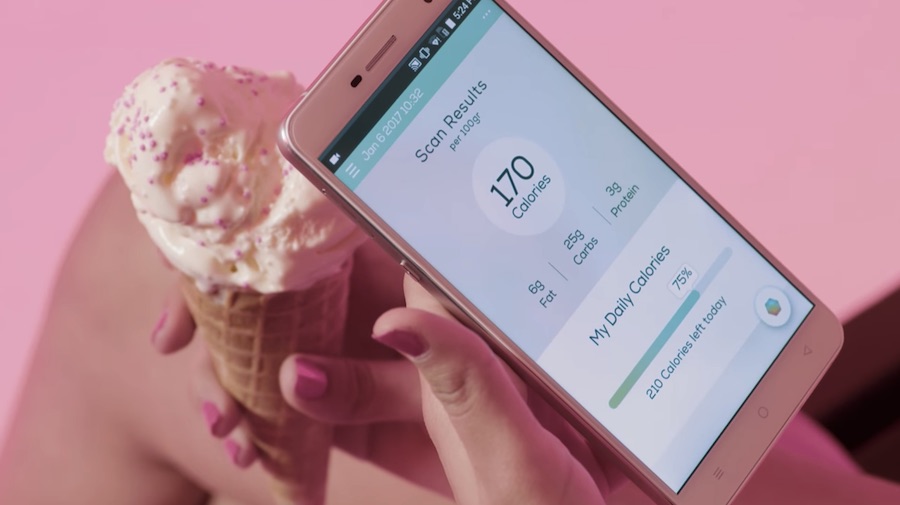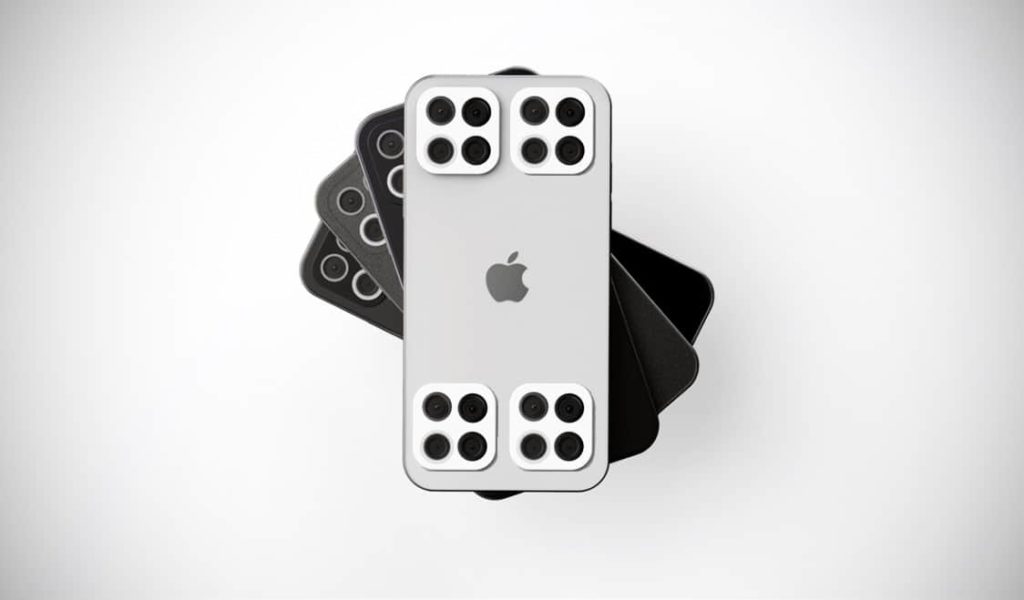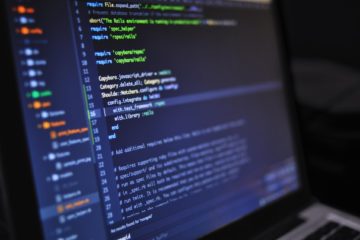The specs sheet for the upcoming OnePlus 8 Pro just leaked and I must say… I’m kind of underwhelmed, just like with most recent phone launches. Comparing the two we see bare minimal differences despite an entire year of OnePlus committing all the resources they can to make their flagship product better. Frankly, I think they can do better.
To be clear I’m not just picking on OnePlus here, all the big manufacturers are doing this. Phones, just like Desktops, Laptop and Tablets have all kind of reached their “diminishing returns” part of the upgrade ladder. In the early days the difference between a HTC G1 and the next years model HTC Magic was huge and a no brainer to upgrade. Now a days, it’s tough to justify upgrading even after 2-3 years.
Companies like OnePlus or Samsung are going to great lengths and honestly doing some really good things like 120 Hz screens, bezel less designs, bigger batteries and 5G… but this is tech baby! Those are rookie numbers!

Tech advances exponentially, not lineally. I think for too long we’ve been seeing phone specs not really move a great deal while phone prices skyrocket. This is exactly what happens when you chase ever diminishing returns, you pay higher and higher costs for smaller and smaller returns. We can and should hold tech companies to higher standards. So today I’d like to propose something different.
A New Path…

When you get into dealing with diminishing returns it’s usually clear to most that something fundamentally needs to change. Companies shouldn’t be looking to pay $300 extra just to go from 2.84 GHz to 2.9 GHz. No, they should be looking for a revolutionary step rather than the evolutionary ones they’ve been taking for years now.
The new path I’d like to propose is for phone manufacturers to start focusing on and building medical grade diagnostic and monitoring equipment.
There’s lots of heart rate sensors out there. There’s lots of medical equipment or blood pressure monitors out there in the world too. But you know what’s not out there? 1.5 billion sales of them. Yearly.
There is no other single piece of high powered, highly personal and frequently upgraded technology out there that I can think of than phones. Phones are sold by the bucket load every year, everyone has one, they have significant compute power in them, hella fast and always on Internet access and people routinely upgrade them every 2-3 years even with their high price tags. They make for the absolute perfect platform to begin building a world wide medical Tricorder hardware system.
The word “tricorder” is an abbreviation of the device’s name, the “TRI-function reCORDER”, referring to the device’s primary functions: sensing, computing, and recording.
Wiki
Our mobile phones already are, in a way, tricorders. They sense the world (cameras, microphones), compute and record (camera app, sound recorder app etc). The thing that’s truly missing though is considerable R&D as well as implementation of the “sensing” component.
I’d really like to see phone manufacturers be pushed by the community as well as popular sites and reviewers like Android Police or MKBHD to shift phones to be more heavily equipped when it comes to sensors, especially when it comes to health diagnosis.
The Year 2025

Imagine if this new path was enacted now in 2020 and multi billion dollar companies like Google, Apple, Samsung etc all started pouring billions of dollars into R&D and competing against each other to make the best medical sensors in their next phones? By 2025 virtually every high end and mid-tier phone would have the capabilities to help you with your health.
Everyone has a smartphone. Everyone. If all new phones released had medical grade temperature sensors in them every person could take their own or their children’s temperature instantly, at home anytime they liked. They could do it regularly each day as a precaution during the current COVID-19 outbreak.
We’ve already covered before phones that have molecular spectrometers in them. This enables them to scan food and report back nutritional content accurately. It’s even capable of telling you whether or not fruit is fresh or if your medication is really what it says on the bottle.
Taking it further could they develop and integrate heart rate or blood pressure monitors into the under screen fingerprint readers? Then, each time you use your fingerprint to unlock your phone (normally 50+ times a day for most people), it takes a reading too. This would give you a quite high resolution, daily report on your health without having to wear a smart band or always take your blood pressure.
Getting even further into unlocking true medical grade capabilities imagine if every phone had the hardware and sensors in it to take and analyse your blood somehow. With quality hardware an SDK and something like the Google Play Store or Apple App Store the sky would be the limit. You could test for viruses, biomarkers, cancers and more anywhere, anytime and as many times as you wanted to. This would save billions as preventing a disease or learning about a cancer early on is critical. As new virus strains emerge the app could get an update and now also test for that new variant as well.
How about instead of adding questionably useful 100x zoom lens’ we add a dedicated medical grade camera that performs high resolution retinal tests on your eye? The capability to take a photo of your eye and diagnose severe diseases is very real and affects millions already. Google has already done considerable development on it too…
Diabetic retinopathy occurs when high blood sugar levels lead to damaging the retina blood vessels at the back of the eye. This then leads to patients loosing their vision. With it being the most common cause of vision loss for the 30 million+ Americans with diabetes it’s a serious issue.
An Untapped Well Of Potential

All these examples are pretty much just what I can come up with off the top of my head, meaning there’s bound to be thousands more. I think it’s pretty safe to say we’ve kind of hit “peak smartphone” right now.
No one is really super excited for the next iPhone that has 16 cameras on it rather than this years 4. But a phone that has medical grade, FDA approved diagnosis equipment built into it? I believe that would spark considerable interest with buyers again.
I would gladly, this very second, buy the exact same spec’ed phone I have right now if it could do multiple medical tests on me and I’m perfectly healthy! If you’re a diabetic or have high blood pressure I’m sure the desire to upgrade would be even more.
Most importantly though it would give these companies another highly beneficial road to go down rather than endlessly wasting billions on what is essentially useless features. A 99% screen to body ratio isn’t useful when you already have a 98.5% one. It would also allow them to differentiate their products more from their compeditors.
Over time, as new features become more common place they’ll trickle down to cheap smart phones and even allow the poorest amongst us to regularly and legitimately monitor their health. It would also hugely help the medical industry to converge around core measurement tools and focus immense R&D on them.
Or maybe all these thoughts will land on deaf ears and by 2023 we’ll have 2.9999 GHz phones with 32 GB of RAM, 99.99999% screen to body ratios and 18 cameras on them. I’ll probably buy it too…
The benefits include: 1) How to get those silky smooth videos that everyone loves to watch, even if you're new 2) How to fly your drone, from taking off to the most advanced flight modes 3) Clear outlines of how to fly with step-by-step instructional demonstrations and more 4) Why flying indoors often results in new pilots crashing their drone 5) What other great 3rd party apps are out there to get the most out of your drone 6) A huge mistake many pilots make when storing their drone in the car and how to avoid it 7) How to do all of these things whilst flying safely and within your countries laws.




